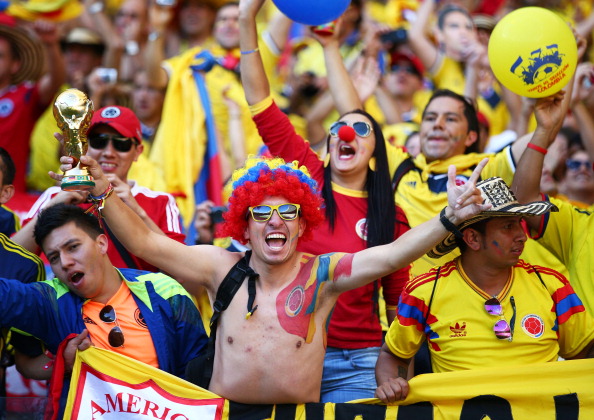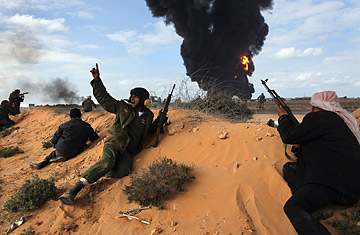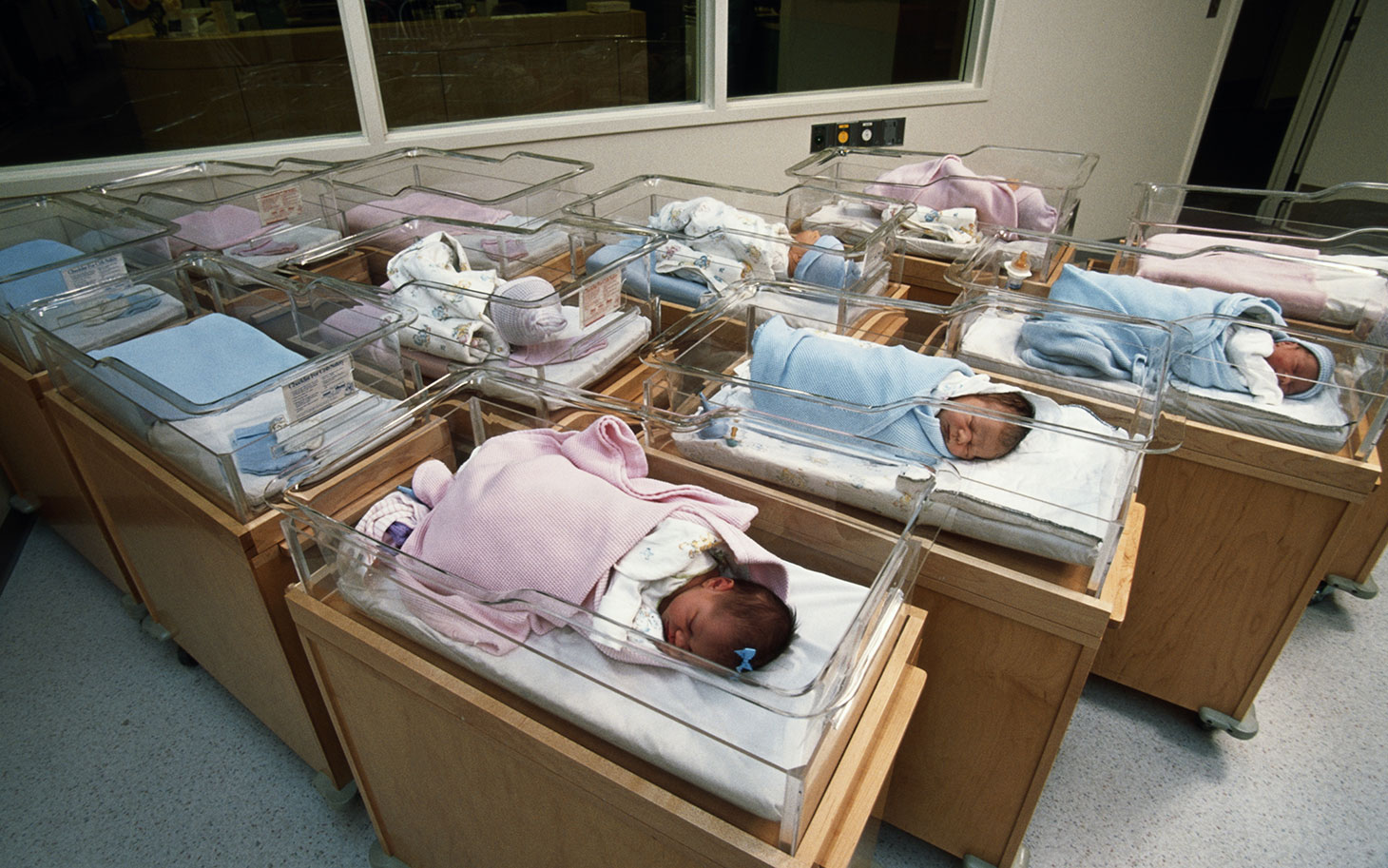This month’s cluster of FIFA 2014 games triggered quite the emotional turn in the South American country of Colombia. The national team’s successes against nations such as Uruguay was able to unify the country, otherwise violently divided by half a century’s worth of power struggles.
As far back as the 1940s, left and right wing groups would take up arms in a bloody battle for power, marking the dawn of a period known as La Violencia (the violence). Despite an attempt at a unified government, known as the National Front, between 1958 and 1964, many social and economic issues remained unresolved.
This stagnation sparked an outburst of conflict between the government, left-wing guerrilla groups such as the FARC-EP (Revolutionary Armed Forces of Colombia People’s Army) and the ELN (National Liberation Army), and right-wing paramilitaries such as the ACCU (Peasant Self-Defense Forces of Cordoba and Uraba). Between 2.5 and 5 million people were displaced as a result of the violence. The most conservative death toll estimates count 220,000 dead since the beginning of the conflict — a number comprising both members of the militia forces and, mostly, civilians. These wars were financed through a variety of illegal activities, most notably drug trafficking and kidnap-for-ransom, both of which have had their own catastrophic impact on the country.
During the heyday of the conflict, kidnappings would occur every eight hours on average. Fights over smuggling routes were routine, and a mushrooming illegal drug economy quickly turned into an environmental catastrophe. As of 2008, a massive 2.2 million hectares of the Colombian Amazon rainforest has been destroyed for the purpose of growing cocaine. This practice uses ten times as many chemicals as other agricultures, causing a substantial pollution of water sources. Tearing the country apart for decades, the actions of guerrilla and paramilitary groups have left both physical and figurative scars on Colombia´s land and people.
Politicians, guerrilla leaders, farmers and office workers joined together in support of the country´s national football team, all wearing the iconic yellow jersey as a symbol of national pride.
And yet, last week, for the first time in many Colombians´ lives, the country united in joyous celebration. Politicians, guerrilla leaders, farmers and office workers joined together in support of the country´s national football team, all wearing the iconic yellow jersey as a symbol of national pride. For Colombian fans, 2014 became a milestone; after 16 years of falling short, they had finally secured a place in the tournament.
The team, headed by defender Mario Yepes, exceeded expectations enormously. Not only did they advance as far as the quarter finals — their longest run in history — but their striker, James Rodriguez, found himself holding the record for most goals scored in the tournament. Colombia also delivered thrilling victories in the group stages, such as their 2–0 victory against regional rivals Uruguay and their 3–0 win against Greece. Such performances granted supporters an otherwise tragically rare opportunity to express national pride.
Despite their elimination at the quarter-final stage (courtesy of hosting nation Brazil), the Colombian team was treated to a hero´s welcome as they touched down in Bogotá. Two cannons sent arcs of water over the plane as it landed; team players were toured around the capital in an open-topped bus, surrounded by thousands of fans cheering their success. After arriving onstage in the middle of the city, the players lead their supporters in a signature victory dance.
For a brief few weeks, the left, right and centre parties were able to put aside their differences, sit down with a cold beer and enjoy their nation´s celebrations. Although it would be naïve to speculate that this will have any effect on the recently restarted peace talks, it can still be seen as a sign of hope. Beneath the endless acronyms and bitter animosity, all parties are part of one, same nation — even if it took a soccer tournament to demonstrate it to the rest of the world.





